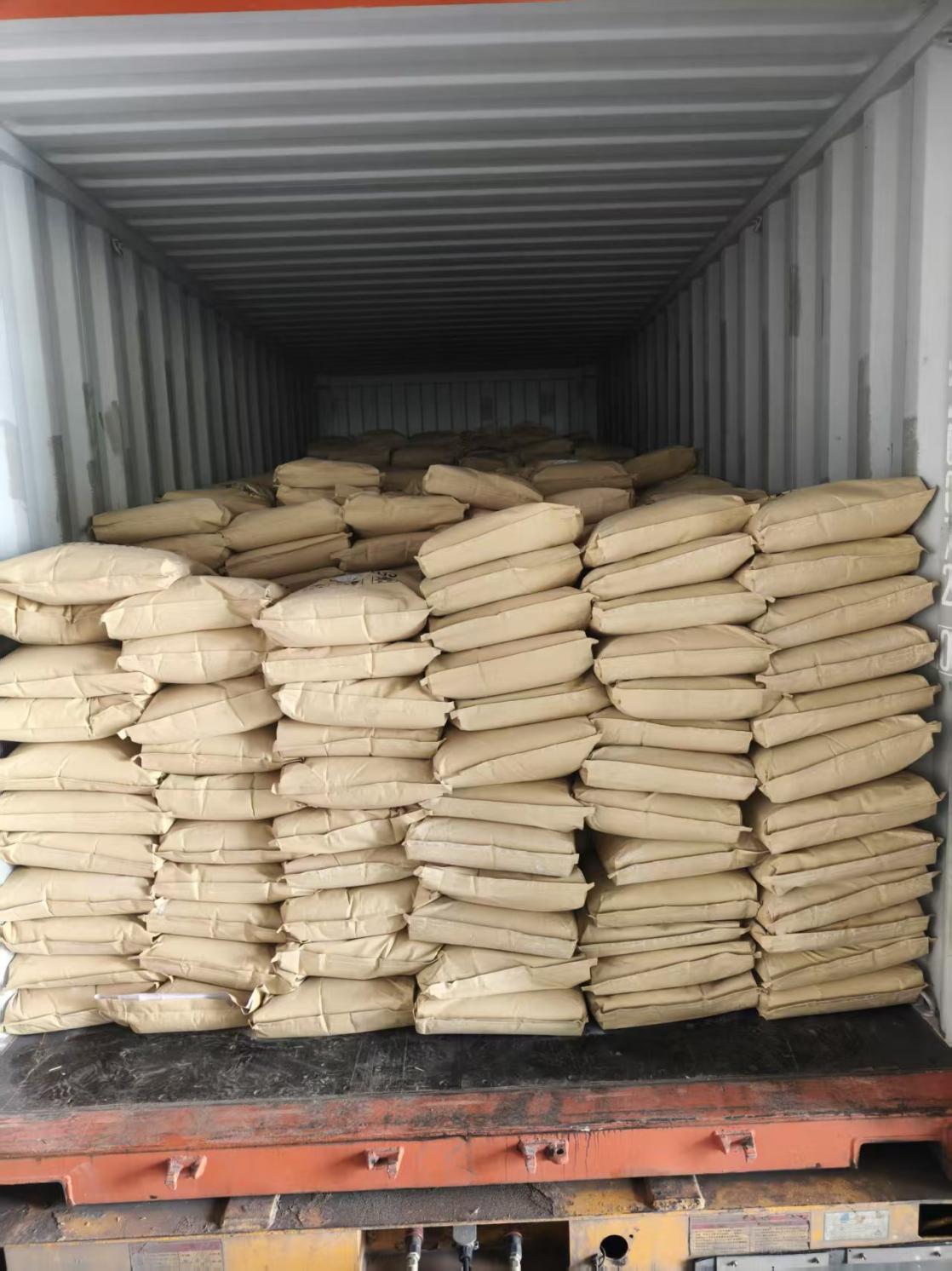Exploring the Benefits of Internal Lubricants for PVC Applications
Release time: 2025-07-18
Internal lubricants for PVC are essential additives that facilitate smooth processing and improve the physical properties of the final product. These lubricants work by reducing friction and wear during the manufacturing process, which is particularly important in high-speed extrusion and injection molding operations. By incorporating internal lubricants, manufacturers can not only enhance the flow of PVC but also minimize energy consumption and optimize processing temperatures.
One of the primary benefits of using internal lubricants in PVC is their ability to improve the material's thermal stability. During processing, PVC can degrade if subjected to excessive heat. Internal lubricants assist in dissipating heat more effectively, thus preventing thermal degradation and ensuring the integrity of the PVC formulation. This thermal stability is crucial for applications that require durability and long-term performance, such as in construction and automotive components.
In addition to thermal properties, internal lubricants can also influence the mechanical properties of PVC products. They can enhance the impact resistance and flexibility of the material, making it more suitable for applications where toughness is required. This modification of mechanical properties is vital in producing PVC products that can withstand varying environmental conditions without compromising their structural integrity.
It is also worth noting that the choice of internal lubricant can affect the processing characteristics of PVC. Different lubricants can provide varying degrees of slip and wetting, which can help in achieving a desired surface finish. For instance, a well-chosen internal lubricant can yield a smoother surface, enhancing the aesthetic and functional qualities of the finished product. Furthermore, these lubricants can aid in reducing the likelihood of defects such as die lines or surface imperfections, leading to higher quality outputs.
When selecting an internal lubricant for PVC, it is essential to consider factors such as compatibility with the PVC resin, the intended application, and regulatory compliance. The lubricant's molecular structure, polarity, and viscosity can all influence its effectiveness in a specific PVC formulation. This necessitates a thorough understanding of both the lubricants and the PVC resins to ensure optimal performance.
In summary, internal lubricants for PVC are invaluable in improving the functionality and manufacturability of PVC-based products. By enhancing thermal stability, modifying mechanical properties, and optimizing processing characteristics, these lubricants contribute significantly to the efficiency and effectiveness of PVC applications across various industries. As the demand for high-performance PVC products continues to grow, understanding the role of internal lubricants will be essential for professionals looking to innovate and excel in their fields.
One of the primary benefits of using internal lubricants in PVC is their ability to improve the material's thermal stability. During processing, PVC can degrade if subjected to excessive heat. Internal lubricants assist in dissipating heat more effectively, thus preventing thermal degradation and ensuring the integrity of the PVC formulation. This thermal stability is crucial for applications that require durability and long-term performance, such as in construction and automotive components.
In addition to thermal properties, internal lubricants can also influence the mechanical properties of PVC products. They can enhance the impact resistance and flexibility of the material, making it more suitable for applications where toughness is required. This modification of mechanical properties is vital in producing PVC products that can withstand varying environmental conditions without compromising their structural integrity.
It is also worth noting that the choice of internal lubricant can affect the processing characteristics of PVC. Different lubricants can provide varying degrees of slip and wetting, which can help in achieving a desired surface finish. For instance, a well-chosen internal lubricant can yield a smoother surface, enhancing the aesthetic and functional qualities of the finished product. Furthermore, these lubricants can aid in reducing the likelihood of defects such as die lines or surface imperfections, leading to higher quality outputs.
When selecting an internal lubricant for PVC, it is essential to consider factors such as compatibility with the PVC resin, the intended application, and regulatory compliance. The lubricant's molecular structure, polarity, and viscosity can all influence its effectiveness in a specific PVC formulation. This necessitates a thorough understanding of both the lubricants and the PVC resins to ensure optimal performance.
In summary, internal lubricants for PVC are invaluable in improving the functionality and manufacturability of PVC-based products. By enhancing thermal stability, modifying mechanical properties, and optimizing processing characteristics, these lubricants contribute significantly to the efficiency and effectiveness of PVC applications across various industries. As the demand for high-performance PVC products continues to grow, understanding the role of internal lubricants will be essential for professionals looking to innovate and excel in their fields.
 sales@feihengchem.com
sales@feihengchem.com
 +8615665855919
+8615665855919 中文
中文 English
English España
España











